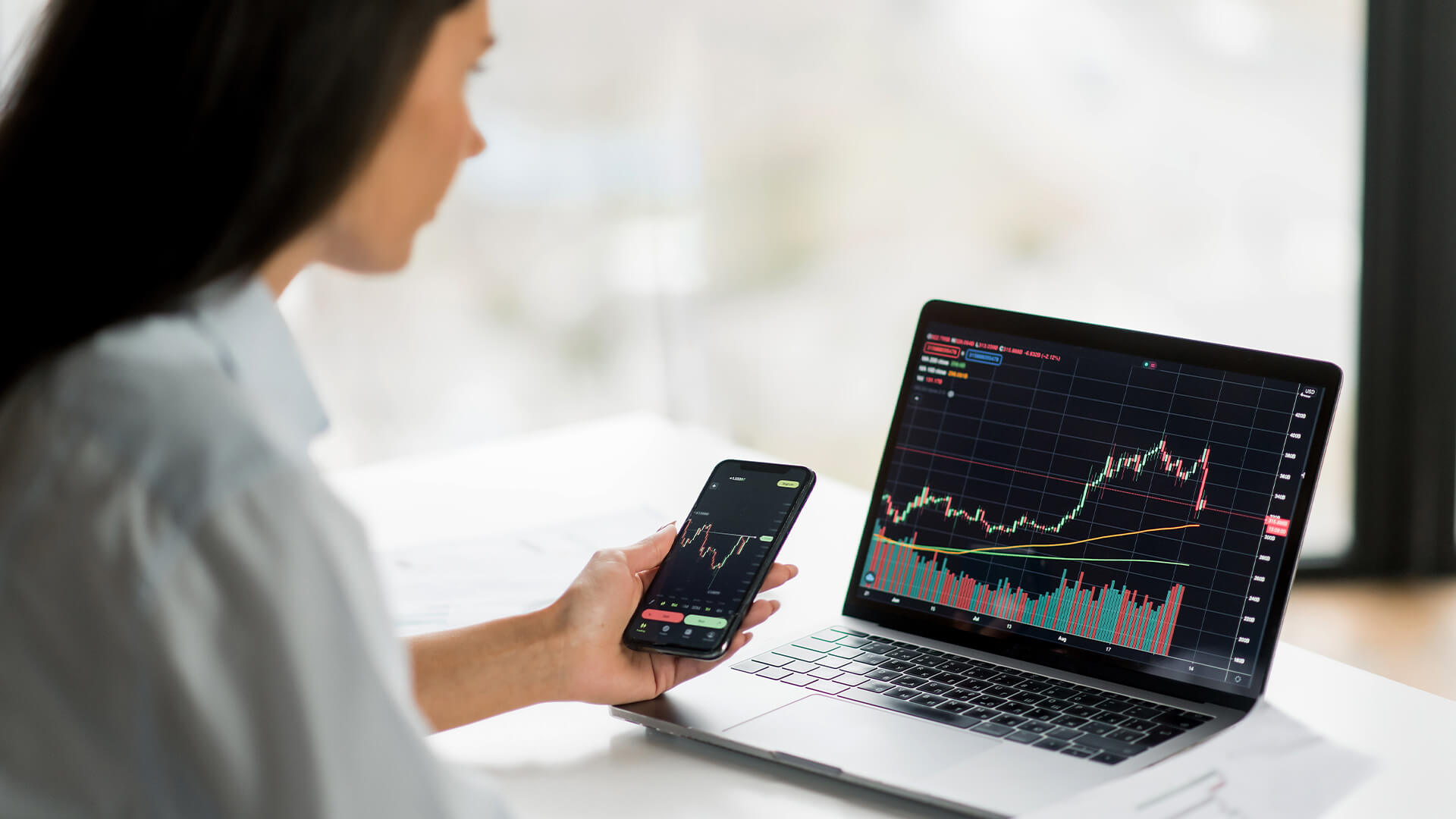
Volatility is a common part of the trading landscape for experienced investors, but it’s still something many struggle with when it comes to securing and managing their portfolio. The transition from 2021 and 2022 has been a complex one for new investors and veterans alike. While countless younger generations have abandoned their portfolios completely after the simplicity of the 2021 Bull market disappeared, others have been left scrambling for a solution. According to a recent report from David Rosenberg, the S&P could easily crash a further 17% after dipping into a Bear position this May. Analysts believe we’re on the road to a prolonged Bear market with a similar potential economic impact of the financial crisis in 2008.
The Volatility of a Recessionary Bear Market
Rosenberg says the market today is following a very similar pattern to the recession-led landscape of 2008. By May of that year, the significance of the problems in a sub-prime lending environment had grown increasingly obvious. The S&P 500 had also narrowly averted dropping into a Bear market, after dropping by around 17% at one point from the previous record high in the October of 2007. Though the market did recover temporarily, it quickly transitioned into a free-fall state, dropping by almost 40% by the end of the year.
Rosenberg, with 30 years of experience in the industry, has warned investors repeatedly to prepare for the impact of a Bear market, citing the low dividend yield of the S&P 500 as a reason he’s expecting an increased downtown in the months ahead. For those getting involved with the market for the first time following the Bull market of 2021, as well as investors with a long-standing stake in their portfolio, there are still options available. However, the focus right now must be on building the correct strategy. Right now, the yield on the 10-year treasury is competing better for long-term investor cash at 2.8% than the S&P 500. In fact, the gap between the environments hasn’t been this wide since May 2018. Additionally, while stocks have surged in recent years, thanks to the rising number of new investors in the retail market, they’ve also dropped sharply in 2022.
The Bull Market Wasn’t as Stable as it Seemed
According to Rosenberg, as well as many other experts, the crash of equities towards a Bear market indicates the last two years highlights how fragile the apparent Bull market actually was. Economists have also suggested the pandemic stimulus packages created by the Federal Reserve contributed to relatively unrealistic stock market valuations. This meant the decision to start increasing interest rates quickly led to a crash.
The growing money supply in the trading landscape has suddenly collapsed in the last year, and there’s barely any opportunity left in money velocity. Radical stimulus options have suddenly shifted to a trend of massive restraint among investors. While the S&P rallied slightly in late May, the futures market suggested the index would quickly erase any potential gains. With market volatility leaving everyone in a state of panic, now is the time for many traders to reconsider their options when it comes to securities and money building opportunities. More investors are rapidly beginning to turn to derivative products like CFDs (contract for differences) to capitalize on the potential opportunities in the landscape.
Why CFDs are Beneficial for Volatile Markets
CFDs represent a valuable investment opportunity for trading during volatile times. Increasingly offered by more accessible environments, these tools are pegged to assets like forex, indexes, shares, and commodities. Instead of purchasing and owning underlying assets, users can trade on opening and closing values. With CFDs, it’s possible to take advantage of both falling and rising market prices, rather than just waiting for prices to rise. The opportunity to take advantages of fluctuations by shorting the market, allows for more wealth to be developed through the differences in prices.
Users can also get involved with hedging strategies, off-setting trades with opposite positions to help minimize unwanted losses. Plus, CFDs can be traded using leverage, allowing for boosted market exposure and better volumes with small initial capital expenses. While there are risks with any kind of trading, the CFD environment gives us more freedom to experiment with different positions and strategies for making money, diversifying portfolios and potentially reducing loss. The key to success, of course, is getting a comprehensive view of the market, and making intelligent decisions based on the data available. Now could be the perfect time for many investors to begin transforming their strategy, and paving the way for long-term durability.





















